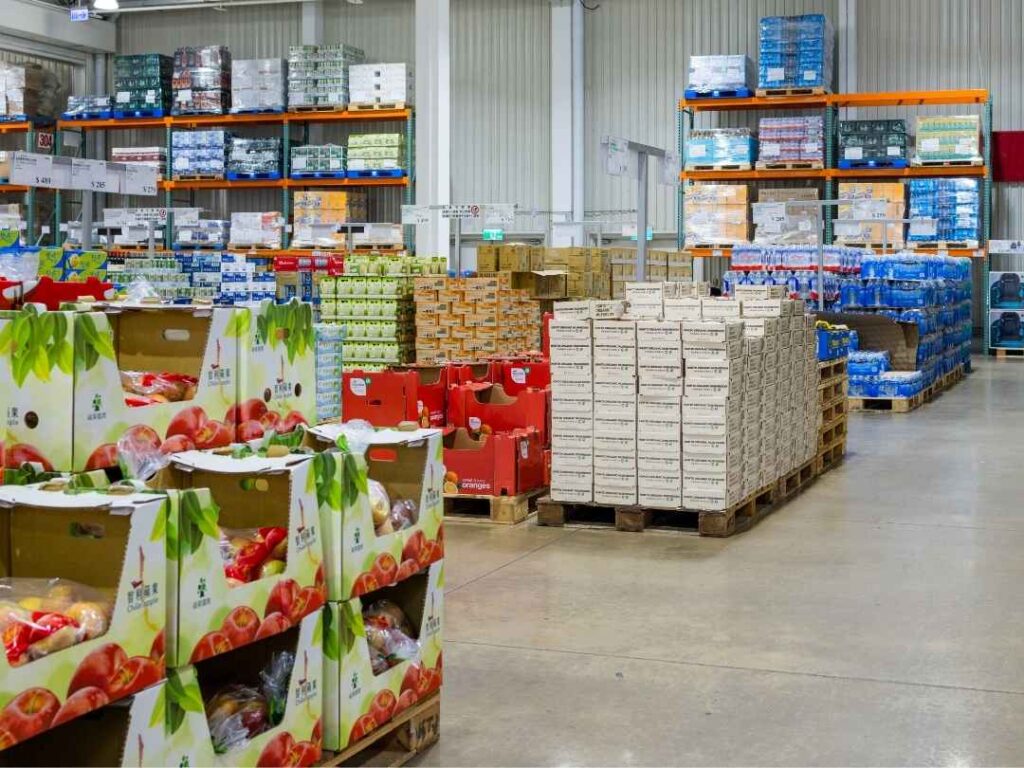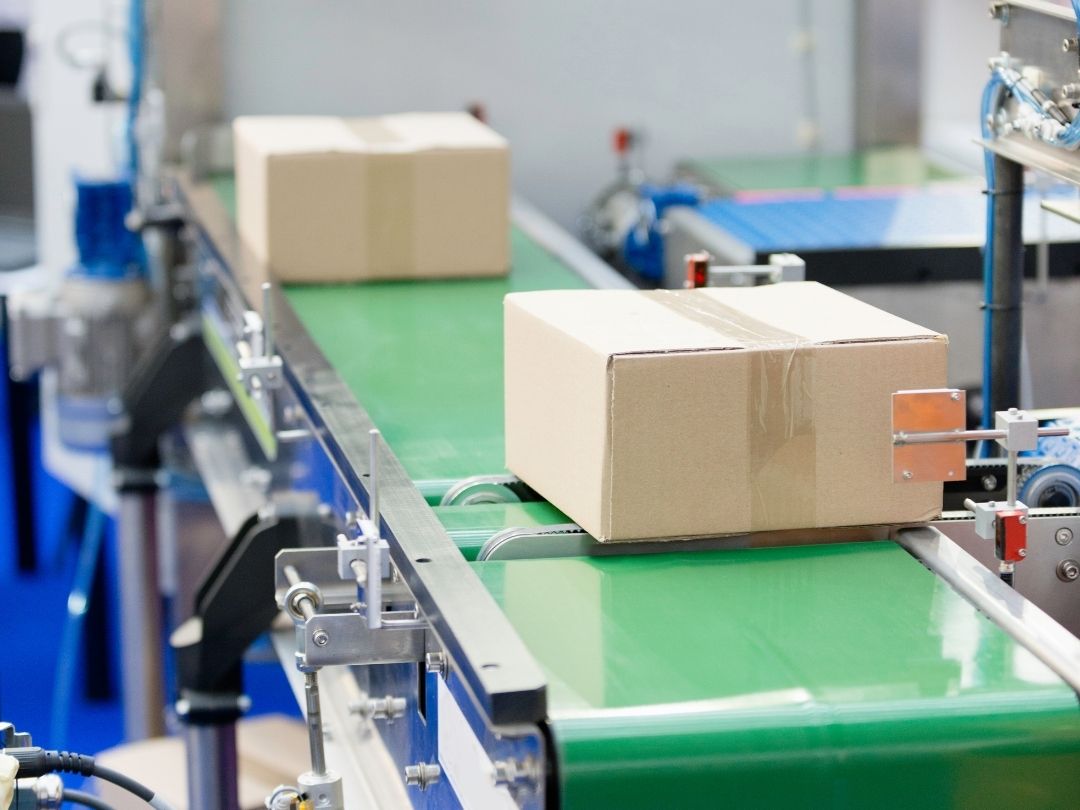Bulk packaging – what is it?

In today's logistics and retail trade, packaging plays an important role - it not only protects the product, but also improves its transport, storage and display. Among the different types of packaging, we can distinguish individual packaging, which goes directly to the hands of customers, and collective packaging, used mainly in the supply chain. How do these two types differ from each other and what is worth paying attention to when choosing the right solution? Let's find out!
Single and collective packaging – what is it and how do they differ?
Individual packaging is the basic form of protecting products that reach end customers. It is in these that food products, cosmetics, medicines and electronics are packed. Their main task is to protect the contents from damage and ensure proper presentation on the store shelf. They also perform an information function – they contain data on the composition, expiration date, method of use and origin of the product. Examples include a carton of juice, a foil sachet of spices, a plastic container for yoghurt or a paper tea bag.
Bulk packaging – what does it mean?
Bulk packaging is used to group many individual packages, which facilitates their transport and storage. They don’t always end up in the hands of customers – they’re often used only at the distribution stage. A good example is the bulk cartons used to transport bottles of mineral water or multipacks of yoghurt. In Europe, it’s common to see products presented in bulk packaging, while in the United States, most goods are taken out of the cartons and placed on shelves individually.
Bulk packaging – what is it and what is it for?
The main function of collective packaging is to facilitate transport, storage and protection of products against damage during transport. The appropriate design of these packages allows them to be efficiently stacked on pallets, which optimizes logistics processes.
There are many variants of this type of packaging – an example is four-flap cartons, which protect products against mechanical damage and weather conditions. Tray & hood or wrap-around cartons are often used in the food industry, enabling easy transport and display of goods such as coffee or tea. In the case of yoghurts, collective packaging in the form of trays is popular, which stabilize products during transport and allow them to be quickly placed on store shelves.
Although in most cases end customers do not have direct contact with bulk packaging, there are exceptions. In some retail chains they are designed to attract attention and facilitate the sale of products.

What should you pay attention to when choosing packaging?
Choosing the right type of packaging should take into account the specifics of the product, transport conditions and logistics requirements. Depending on the industry, different packaging features can play an important role in the entire distribution process.
Logistics
Effective packaging of products has a direct impact on transportation costs and the way they are stored. Properly matching collective cartons to pallets allows for the optimization of cargo space, which in turn can translate into a reduction in transportation costs. It is also important that transport packaging is adapted to storage processes – too large or irregular shapes can make storage difficult and lead to unnecessary loss of space.
Packaging design
The form of packaging influences not only its functionality, but also the presentation of the product in the store. The design of collective cartons should enable easy stacking of products on shelves, preventing them from tipping over or being damaged. Unconventional shapes may attract attention, but they can also make laying them out more difficult.
Convenience of use
Packaging should be convenient not only for store employees, but also for end customers. Ease of opening, stability during transport or the possibility of reclosing are features that may influence purchasing decisions. It is also worth paying attention to the needs of older people and those with limited mobility – not all companies take this group of consumers into account when designing packaging.
Brand visibility
Both individual and collective packaging can be a marketing tool. Companies should take care of their aesthetics and visual consistency with their brand identification. Some retail chains require that collective packaging contain logistics markings, which further streamlines warehousing processes.
Ecology
Growing environmental awareness means that manufacturers are increasingly turning to disposable packaging made of biodegradable materials. Reducing the use of plastics and using recyclable raw materials can not only help reduce waste, but also improve the brand's image in the eyes of consumers.
Proper packaging of products thanks to proven machines from RADPAK
At RADPAK we provide innovative solutions for product packaging, enabling process automation in various industries. Our offer includes machines designed for forming, filling and closing packages that meet the highest quality and efficiency standards.
We offer a wide range of equipment for individual packaging as well as case packing, including:
- tray and carton formers – devices designed for automatic folding and gluing of packages;
- cartoners – machines for packing products into individual cartons
- kcollective artoning – machines for packing and grouping individual products into collective cartons
- vertical packaging machines – ideal for filling bags and sachets;
- dosing systems – precise devices for portioning products.
Our packaging machines allow for the improvement of production through the automation of processes, which significantly increases the efficiency and precision of product packaging. Thanks to their optimized operation, they contribute to reducing operating costs and minimizing losses of raw materials. As a result, companies can achieve better efficiency of packaging lines, increasing the pace of work without losing quality.
We tailor solutions to individual customer needs, taking into account the specifics of the industry, type of packaging and logistic requirements. We ensure reliability at every stage of packaging, offering innovative technologies that support the optimization of production processes.
FAQs:
1. What is bulk packaging?
Bulk packaging is a type of packaging that groups smaller units to facilitate transport and storage. It can take various forms, such as cartons, trays or bulk films. In logistics, types of packaging are selected to optimize costs and provide adequate protection of goods during transport.
2. What are collective packaging made of?
Bulk packaging is made from a variety of materials, depending on the transport and protection requirements. A popular choice is cardboard, which is often made from corrugated cardboard with a different number of layers – the more layers, the greater the resistance to mechanical damage.
3. Why is the right choice of packaging important?
Well-chosen packaging not only protects the goods, but also facilitates transport and display at points of sale. It should also take into account the properties of the product – for example, food products require appropriate protection against moisture and light, and delicate electronics need cushioning.


